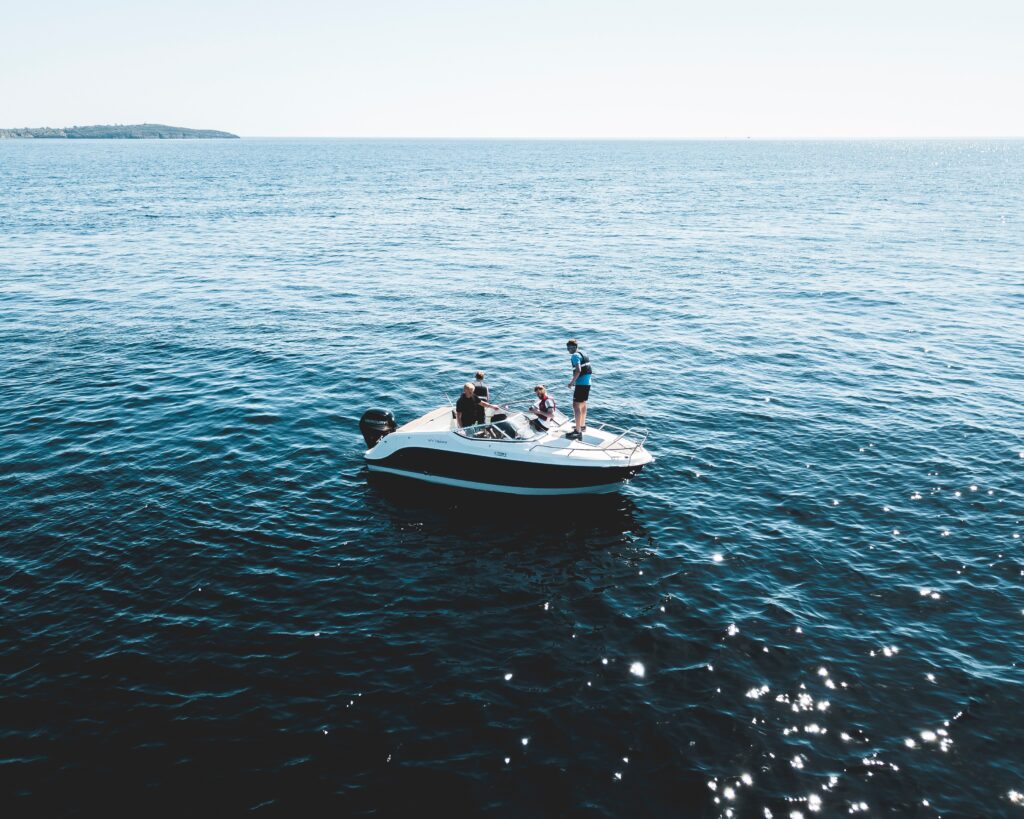When it comes to cost, sailing and powerboating can vary significantly. Sailing can be a more expensive sport to get into, as it requires a sailboat, sails, rigging, and other equipment. Additionally, maintenance costs can be higher for sailboats due to the complex rigging and sails. Powerboating, on the other hand, can be more affordable to get into, as there are a wide range of powerboats available at different price points.
Both sailing and powerboating require a certain level of skill and knowledge to operate safely and effectively. However, the level of skill required can vary between the two. Sailing requires a greater level of skill and knowledge, as sailors must understand how to harness the wind, trim the sails, and navigate using charts and instruments. Powerboating, while still requiring some skill and knowledge, is generally easier to learn and operate.
experience
On the other hand, powerboating offers a faster, more exhilarating experience. With the ability to move quickly and maneuver easily, powerboating allows you to cover more ground and explore more of the water in less time. Maintenance costs for powerboats are typically lower, as they have fewer moving parts and simpler systems.

Sailing
Sailing and powerboating both have their own unique communities and cultures. Sailing is often seen as a more traditional and classic sport, with a culture that emphasizes respect for the environment and a deep appreciation for the history and tradition of sailing.
Powerboating, on the other hand, is often associated with a more modern and fast-paced culture, with an emphasis on speed and performance. While both communities are welcoming and inclusive, the culture and vibe of each can differ significantly.
Accessibility
Accessibility is an important factor to consider when choosing between sailing and powerboating. Sailing requires a body of water with consistent winds, and is typically limited to larger bodies of water such as lakes and oceans.
Range
Powerboating, on the other hand, can be enjoyed on a wider range of bodies of water, including smaller lakes and rivers. Additionally, powerboats can be launched from a wider range of locations, making them more accessible to those who don’t live near a large body of water.
Environmental
Environmental impact is an important consideration for any water sport. While both sailing and powerboating can have an impact on the environment, sailing is generally seen as a more environmentally friendly option.
Sailing
Sailing uses wind power instead of fossil fuels, and sailboats typically have a smaller carbon footprint than powerboats. Additionally, sailing can be a more peaceful and low-impact way to enjoy the water, as it doesn’t create the noise and wake those powerboats do.
In conclusion, both sailing and powerboating offer unique experiences on the water, and the right choice depends on your personal preferences and priorities. If you’re looking for a slower-paced, more traditional experience that emphasizes the journey and connection with nature, sailing may be the right choice for you.
experiences
Exhilarating
If you prefer a faster, more exhilarating experience and accessibility to a wider range of bodies of water, powerboating may be the better option. Ultimately, the best way to determine which is right for you is to try both and see which one you enjoy more.
